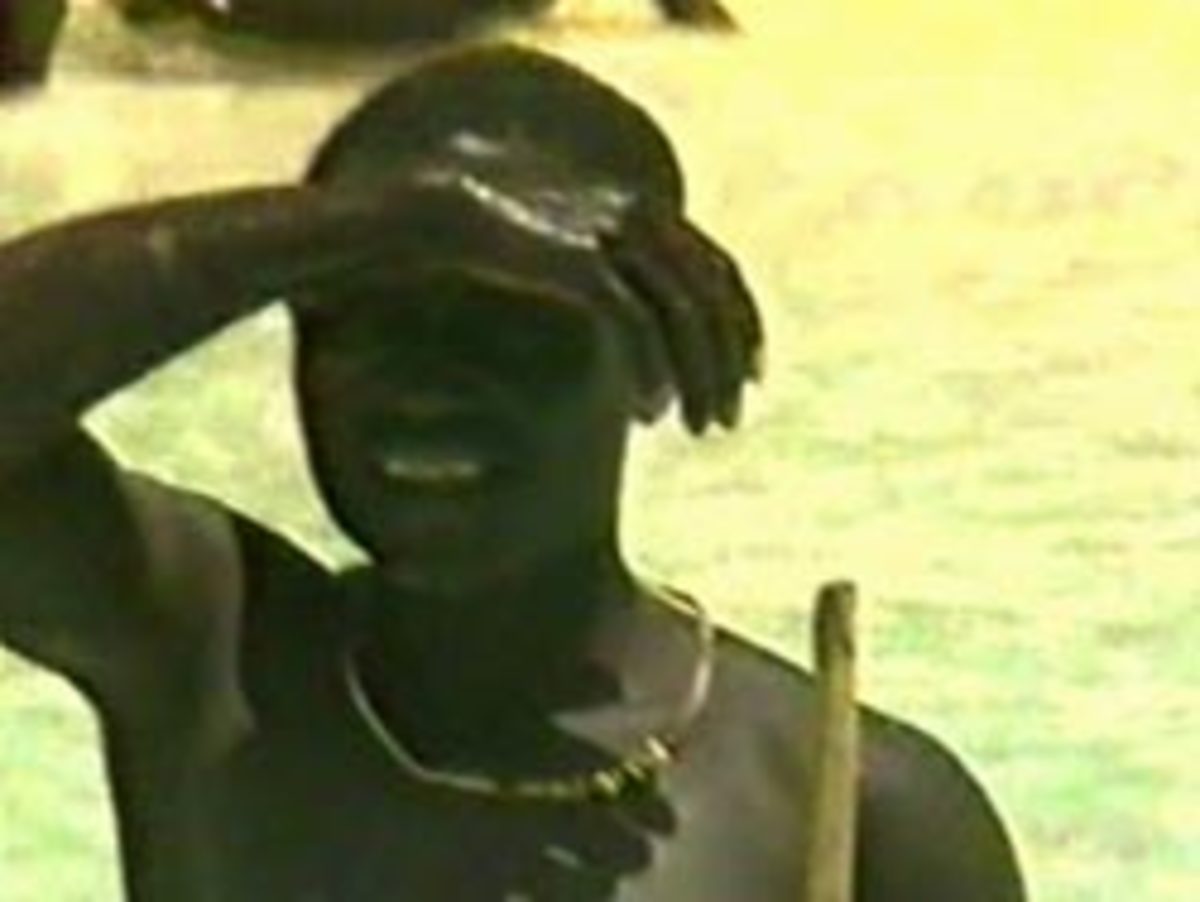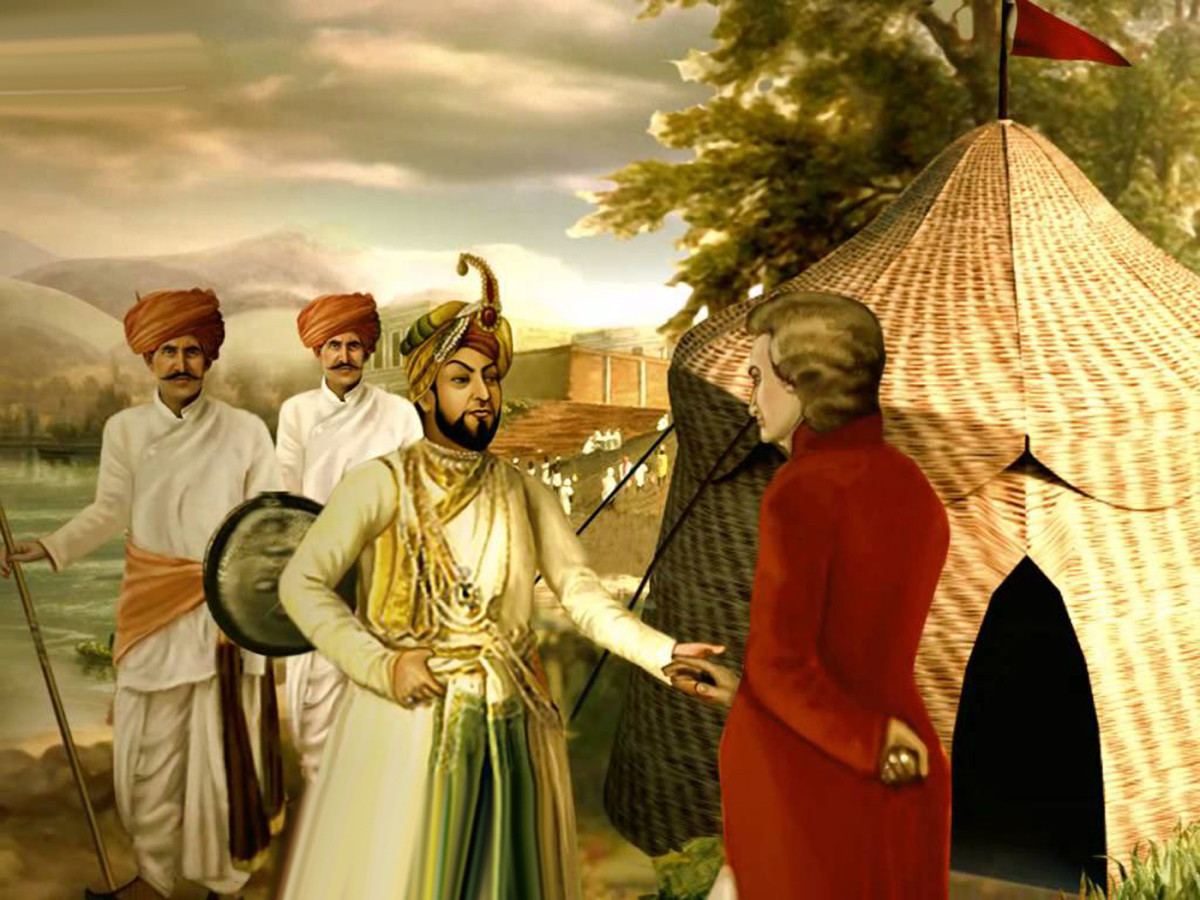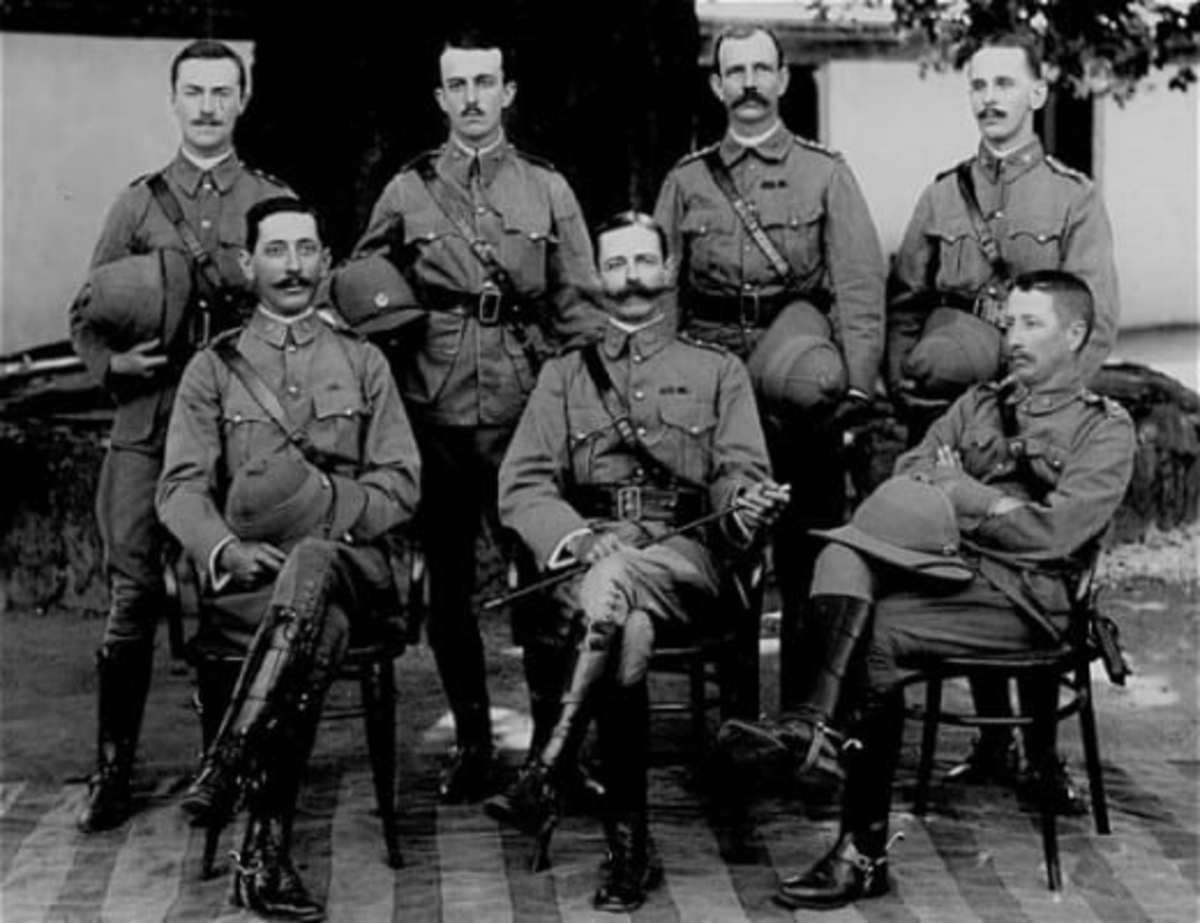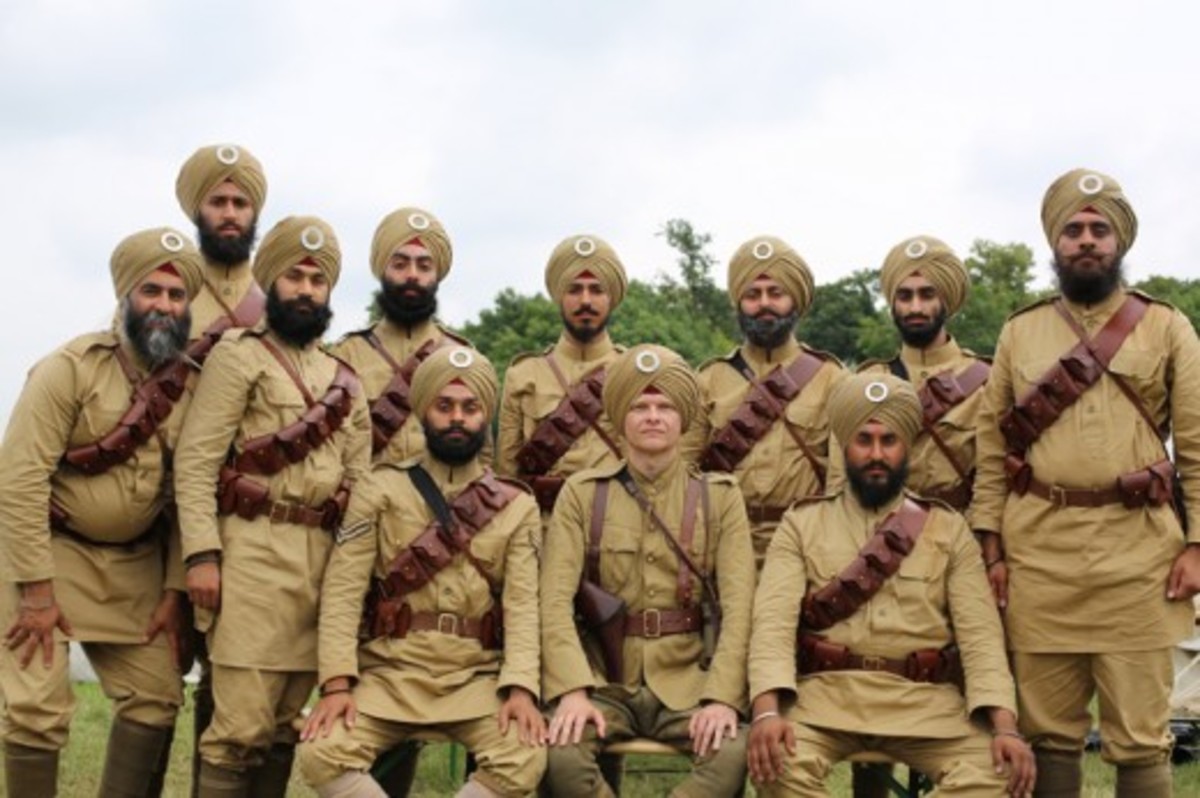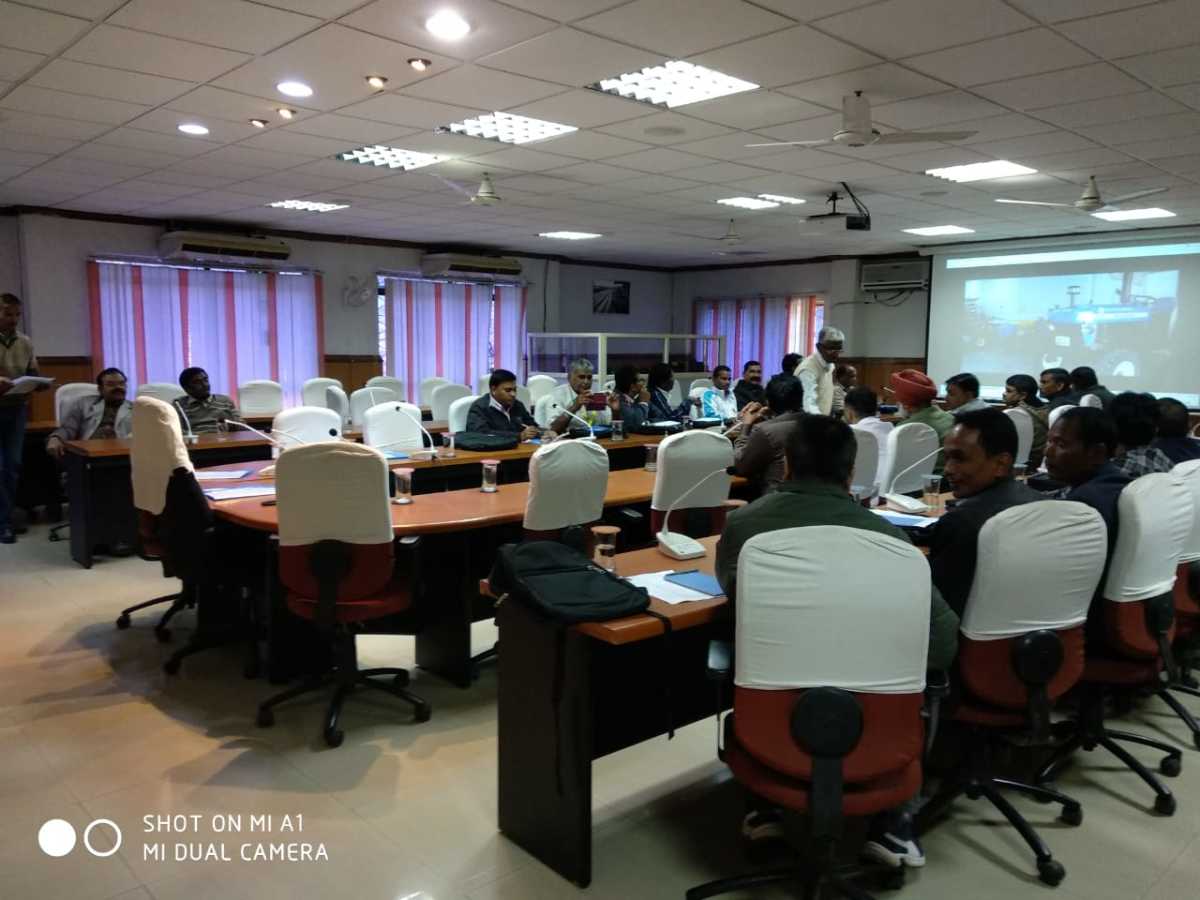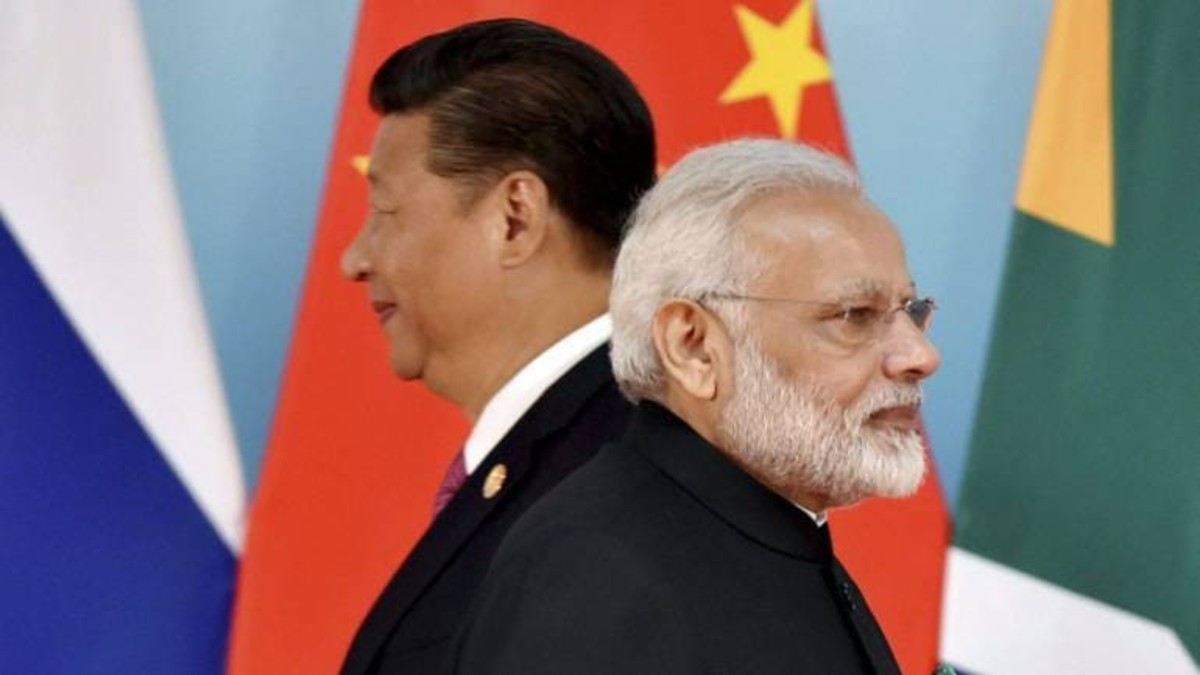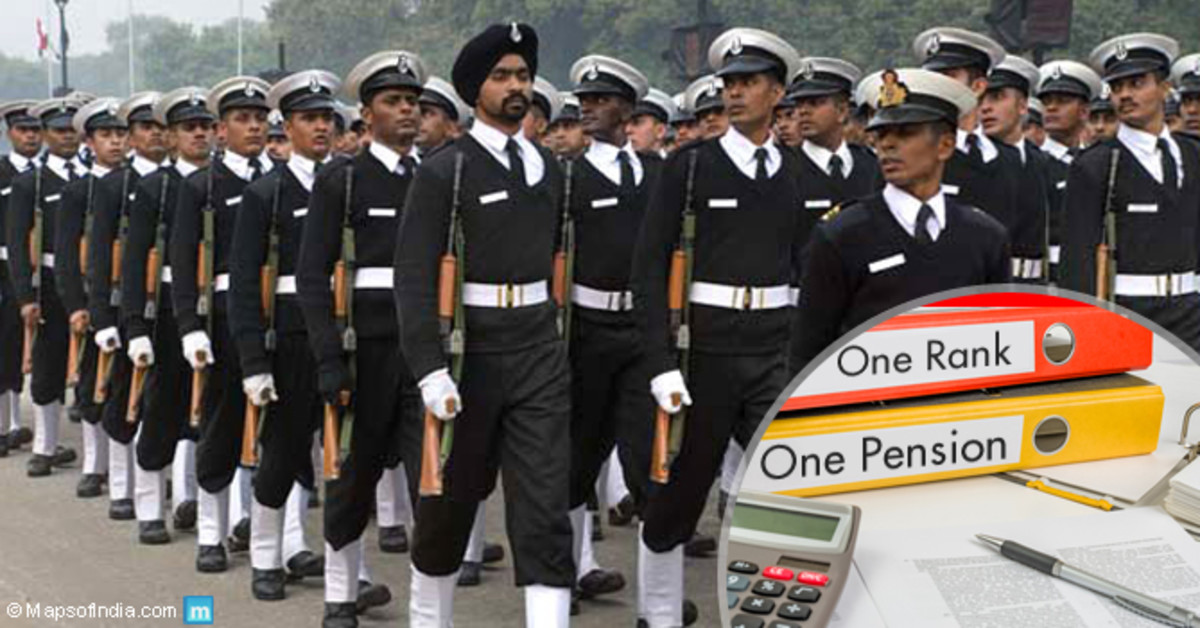The Air Assault on Aizwal in Mizoram in 1966 Restored Indian Rule and Needs to be Emulated.
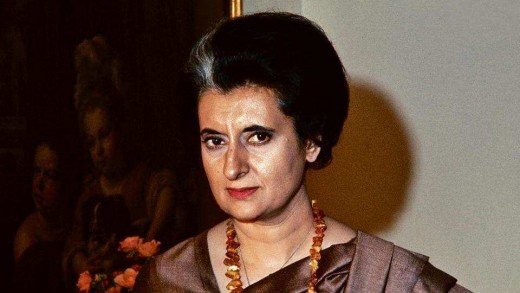
Background
In 1947 British rule lapsed and the outgoing British administration transferred the ruling rights to the Indian government headed by Jawaharlal Nehru. Logically Nehru should have built upon what the English had left but he was a man with very little strategic sense and so he brought about no radical change in any policy but worse dismantled many of the British policies that had kept India safe during their rule of nearly 150 years in India.
One of the regions he faulted was the North East region of India. This is basically a tribal region and the British had kept the region isolated from the rest of India. This was part of the British policy of "divide and Rule." Nehru failed to make any attempt to integrate the tribal states of Nagaland and Mizoram with India and the old British policies were allowed to continue. The British had introduced an "inner line permit" for anybody visiting this region and the Indian government continued with it. This kept the tribes isolated and they dreamed of independence. The church had a big hand in this dream as the tribals who had converted to Christianity were told they were "different" and needed a separate state.
Seeds of trouble were sowed in 1955 when the Naga leader AZ Phizo started an insurrection against Indian rule. He wanted an independent Naga State. Nehru had to perforce order a military crackdown and Phizo escaped to London. Despite this Nehru failed to take any steps to try and integrate the local tribals from other states like Mizoram into the Indian Union.
The Mizo National Front ( MNF) launched an insurrection in Mizoram. The Tribal anger was simmering for long at what they felt was the "discriminatory" policies of the Central government.
The local tribal groups egged on by the church started a full-scale insurgency in Mizoram. The Indian army had hardly any troops in the region and the insurgents led by the Mizo National Front (MNF)soon established their control over the capital city-Aizwal. The MNF was formed by PU Laldenga, who later in 1986 gave up the path of violence and integrated with the Indian state. He also became the first chief minister.
In 1966 the situation was tense. After the death of Nehru, the leader in Delhi was Lal Bahadur Shastri. He was a short and diminutive figure but over the months he proved himself to be a leader with nerves of steel and a strategic vision. Shastri is remembered for his decision to allow the Indian army to cross the International border in 1965 and attack Lahore and Sialkot in Pakistan. He died in 1966 and Indira Gandhi took over as Prime Minister. The policy ushered in by Shastri of strategic offense bore fruit when Indira Gandhi became PM.
Indira was confronted with the news of the uprising in Aizwal and she was also informed that there was a good chance that Mizoram would secede from the Indian union.
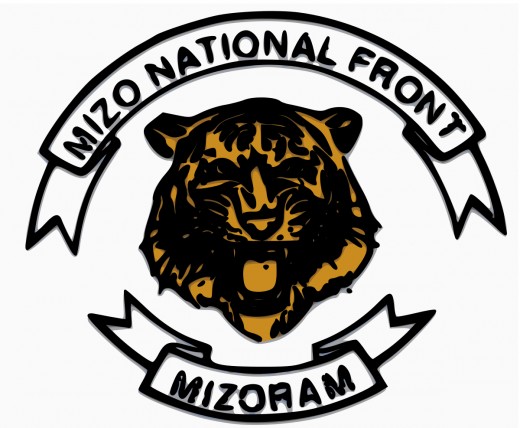
The Mizo Revolt
1966 was a crucial year for India and Indira was faced with a problem which was basically due to Nehru's policy of continuing with the British policy towards the tribals. The Mizo tribes who were ready to accept British suzerainty were not ready to accept Indian rule. The revolt egged on by the Church spread like wild fire. The collectorate in Aizwal was taken over and the Mizo National Front proclaimed independence.
There were no troops nearby to counter the MNF and the world powers watched, ready to fish in the troubled waters. The local police laid down arms and many joined the MNF.
Indira Gandhi was apprised of the problem. She consulted the Indian air force chief Air Marshal Arjun Singh and the army chief General JN Choudhry. She was told no troops were available in the vicinity and it would take a few days march for the army columns to reach Aizwal. Both informed Indira that an air assault was the only way to restore Indian rule.
Precious time was passing and the Mizo National Front began to consolidate their position, confident that the Indian government would accept a fait accompli and not launch an attack.
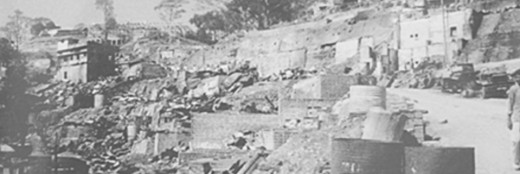
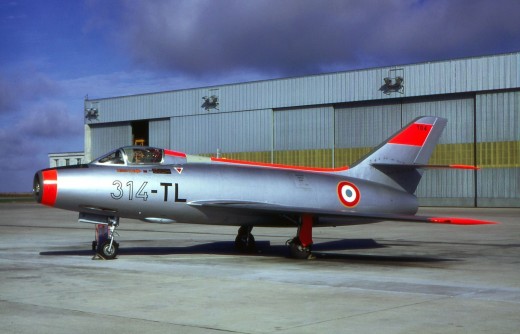
The air assault and bombing of Aizwal
Indira Gandhi asked the services headquarters to coordinate and launch an air assault. Orders were issued to Eastern air command from Air Headquarters to launch an air bombing of rebel positions in Aizwal. At the same time, an army column began to move from Assam to Aizwal.
Orders were passed to the Jorhat air base where a vampire fighter bomber squadron and Ouregan christened the Toofani by the IAF were positioned. The Vampire was a sub-sonic fighter bomber and been procured by the IAF from the UK. In the given circumstances it was a lethal weapon. The Toofani was purchased from France and was an extremely capable fighter bomber.
Orders were immediately issued to mount the air attack. The plan was worked out and two flights of the Vampire Jet fighter-bombers and Ouregan renamed Toofani took off from Tezpur to bomb the rebel lines in Aizwal. Kumbhigram near Silchar was used as a staging post.. The main assault was carried out by the Toofani flight. The missions were a success as the rebels had no air cover or anti-aircraft weaponry. They were sitting ducks and suffered heavy casualties.
The bombing by the jets unnerved the rebels who also heard of the movement of an army column replete with guns and they threw in the towel. They escaped into the jungles and the army column entered Aizwal and Indian rule was restored.
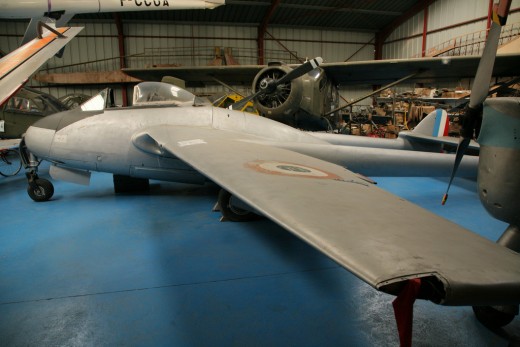

Last Word
The use of the IAF was a masterstroke and all credit must go to Indira Gandhi. She proved that she had nerves of steel. It remains the only incident in Indian history where the IAF has been used against local homegrown insurgent groups.
One can only wish that the present leadership can take a leaf from Indira's book and act similarly in Kashmir and Central India.
Update
On 8 April this year, the BJP MLA Bheema Mandavi along with a security escort was blown to death by the Naxals fighting the Indian government in Chattisgarh, central India. The Naxal movement is over 30 years old and has been allowed to thrive as the central Government in its misplaced zeal has not used air power. No lessons have been drawn from the 1966 air bombing of Aizwal that restored Indian rule in Mizoram and the tribal rebels continue to be treated as "one of our own" and air force is not used against them.
The MLA was traveling in a bulletproof vehicle and it appears to be of poor quality as he along with 3 policemen were simply blown away. This is the eye opener that only air power can restore the ante. Giulio Douhet needs to be followed but in the mesh of Indian politics who will bell the cat.


